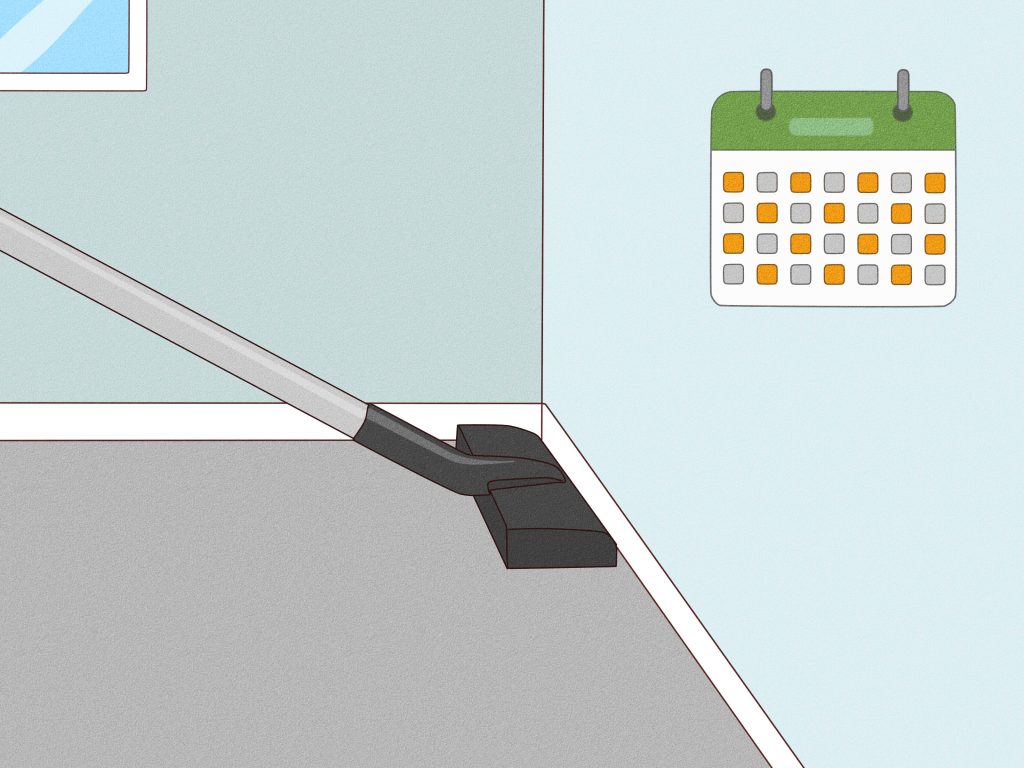
Fleas biting pets indoors can cause immense discomfort and distress for both your pets and you. Identifying the signs of flea infestation and choosing appropriate treatment measures are critical steps in controlling the problem. Understanding how fleas reproduce, how they spread, and how to treat carpets and furniture effectively will be a crucial step in solving this problem and preventing future infestations. This comprehensive guide will walk you through the necessary steps to eliminate fleas and prevent them from returning, providing effective, detailed solutions. We will cover everything from identifying the signs of an infestation to removing fleas from your home.
Identifying the Signs of Flea Infestations
Recognizing Flea Bites on Pets
Fleas are small, wingless insects that feed on the blood of animals. They can be hard to spot, but flea bites on your pets can manifest in various ways. Common symptoms include itching, hair loss, skin redness, and small, reddish bumps. These symptoms may lead to secondary bacterial infections. Observing these symptoms can lead to a fast diagnosis, and allow you to begin treatment immediately. It is important to consult a veterinarian for an accurate diagnosis and appropriate treatment options for your pet. ### Recognizing Flea Dirt
Finding flea dirt is one of the most important signs of an infestation. Flea dirt is the dark, black-looking excrement that fleas leave behind. It’s often overlooked because it’s small and might not stand out, but it can be found in areas where pets rest or sleep. It can look like tiny black pepper flakes, especially on light-colored carpets or upholstery. Inspect frequently used spaces, like pet beds, furniture and near their scratching posts.
Treating Carpets and Furniture
Vacuuming Thoroughly
Thorough vacuuming is one of the primary steps to get rid of fleas and flea eggs from your house. Vacuuming carpets, rugs, and upholstery regularly can help remove fleas, flea eggs, and flea dirt. Use the hose attachment on a vacuum cleaner to get to those hard-to-reach spots such as under furniture and along baseboards and use a special flea removal tool for those areas. This will help remove the eggs and larvae that are hidden from your view. Repeat vacuuming several times a week for the best results. ### Washing Upholstery and Fabrics
For upholstered furniture or other washable fabrics, washing is the next crucial step. Use a mild detergent or a specialized flea treatment formula on your home fabrics to get rid of fleas. Use hot water to effectively kill flea eggs and remove flea dirt. Carefully check the cleaning guidelines for the specific upholstery or fabric before washing it to prevent damage. Washing these items frequently can interrupt the flea life cycle.
Dealing with Flea Infestations
Professional Flea Treatment
Often, a professional flea treatment service is necessary for a severe infestation. Professional pest control services are highly knowledgeable in identifying the severity of the infestation. This service often provides the most effective way to eliminate fleas from your home. They have access to specialized tools and strategies that can be effective where DIY options might fall short. Professional treatments may involve using insecticides and treating both pets and the environment. ### Environmental Sanitation
Maintaining good sanitation in your home can help prevent future infestations. Regularly vacuuming and washing fabrics, especially pet bedding and areas where pets frequent. Removing any potential hiding spots where flea can thrive is also an important part of the process.
Flea Life Cycle and Prevention
Understanding the Flea Life Cycle
Understanding the flea life cycle is crucial for effective prevention. The life cycle typically consists of four stages: egg, larva, pupa, and adult. Each stage has different environmental requirements and duration, which is crucial for effective treatment. Understanding these stages allows you to treat them at different phases of development. ### Preventing Recurring Infestations
Preventative measures can significantly reduce the chance of recurrence. Regular inspections of your pets and home for flea eggs and dirt. Maintaining cleanliness in pet areas and around the home can help prevent fleas and their eggs from laying around your house. Consider using flea collars or topical treatments to prevent fleas on your pets. Regular use of these preventative measures will be very helpful.
Related Post : Silverfish Found in Bathroom Drawers? Moisture Control Tips That Work
Dealing with Flea-Infested Pets
Bathing Pets Frequently
Bathe your pets frequently with a flea shampoo. Use a veterinarian-recommended flea shampoo for best results. This method helps to physically remove fleas from your pets, and their eggs, which in turn eliminates the flea infestation. Regular bathing can help keep fleas away and reduce the risk of their eggs hatching. ### Treating Your Pets with Topical Treatments
Consult your veterinarian about topical flea treatments for your pet. Veterinarians can provide advice and treatment options that are safe and effective for your pet, and can help prevent fleas from biting your pets again.
In conclusion, effectively treating flea infestations in indoor pet environments requires a comprehensive strategy encompassing professional pest control, diligent cleaning, and preventative measures. Understanding the life cycle and habits of fleas will help you target all the infestation points. Implementing these steps will greatly reduce the risk of fleas and their associated health problems for your pets and your home. For immediate relief and expert advice, contact a qualified pest control professional or veterinarian. Don’t hesitate to reach out for personalized guidance.